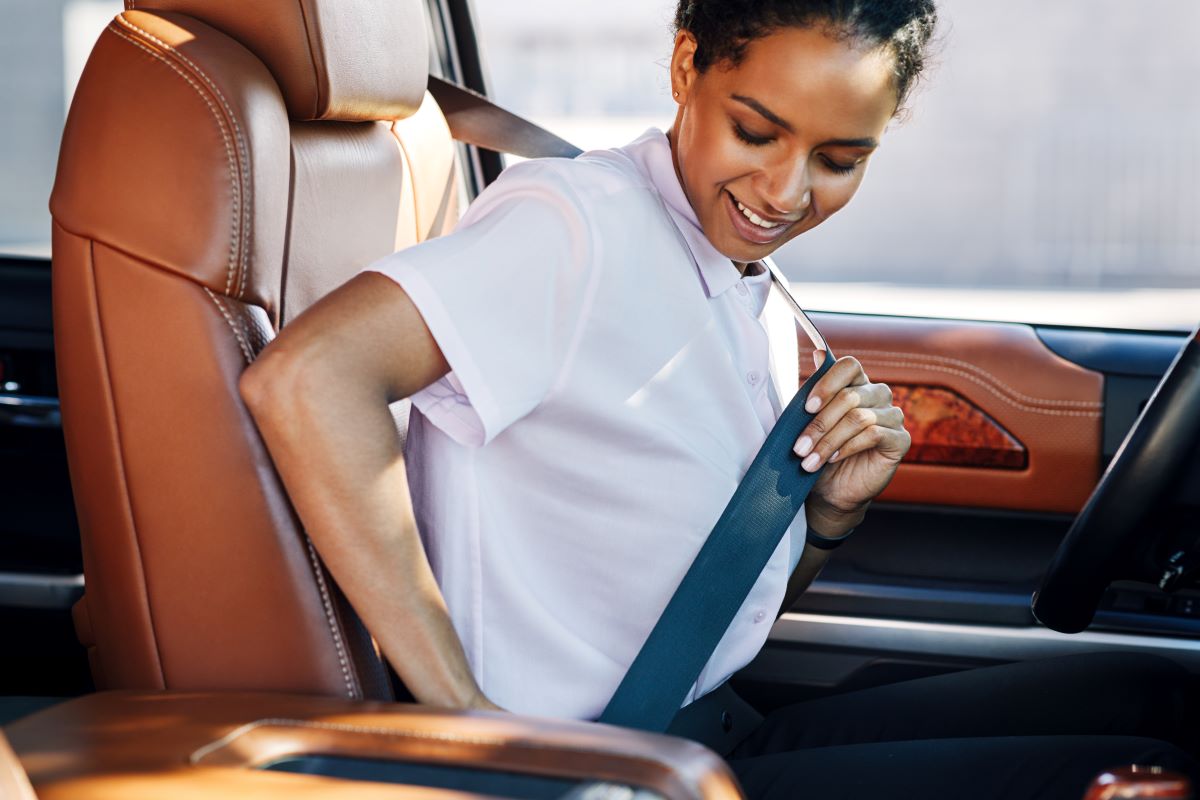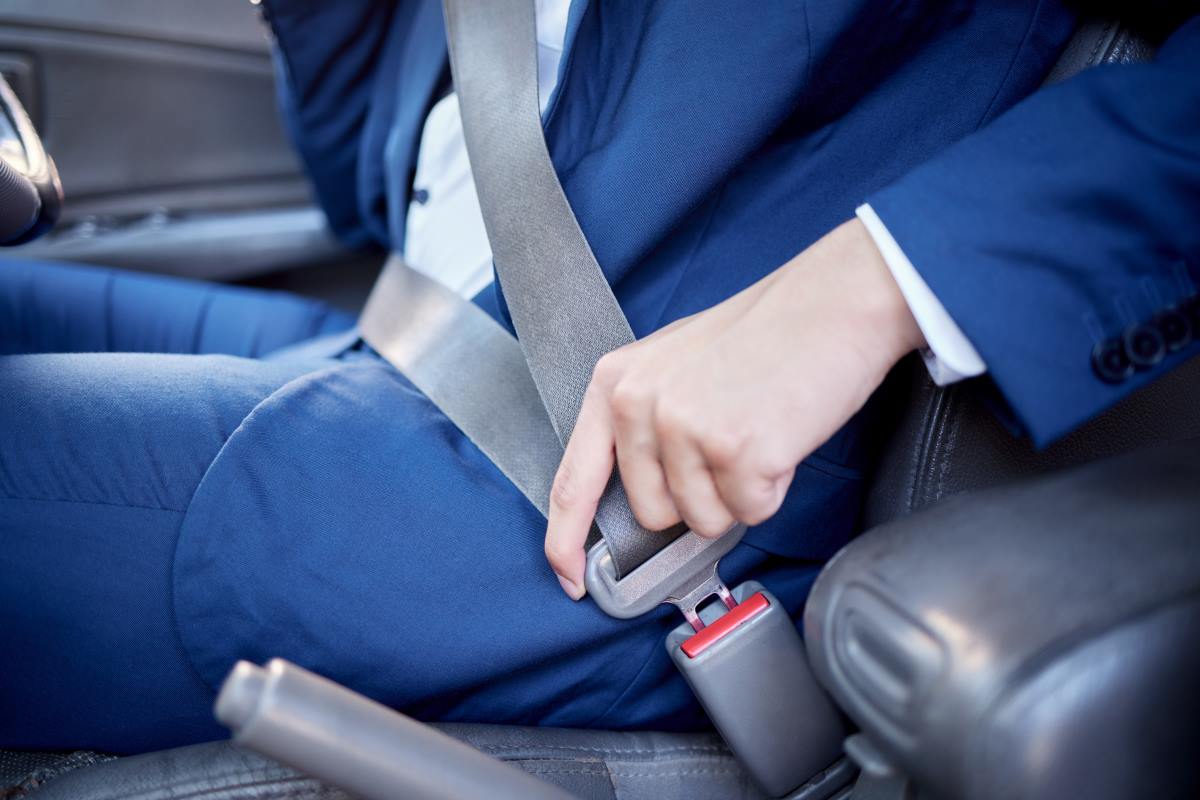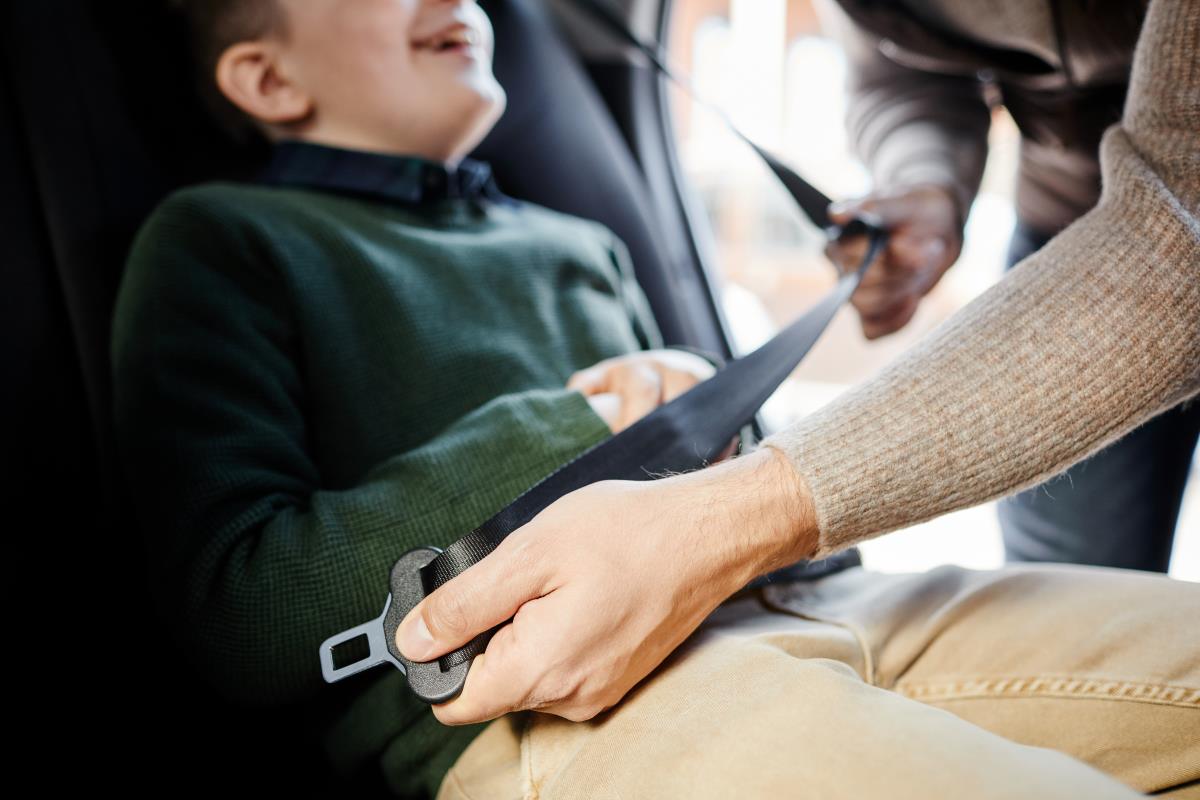What is Seat Belt in Cars: Importance, Types and Common Misconception

Seat belts have become synonymous with safety in the realm of transportation. They are a lifeline designed to protect car occupants in the event of a collision or sudden stop.
Understanding the significance, its types, common misconceptions, etc., is crucial for every road user, as it can mean the difference between life and death.
What is the Importance of Wearing a Seat Belt?
The importance of wearing a seat belt cannot be overstated as it:
- Reduce the Chance of Dying: Wearing a seat belt significantly reduces the risk of fatalities in accidents. By keeping occupants securely restrained, seat belts prevent ejection from the car, which is a leading cause of death in crashes.
- Prevent Injuries to Your Body: Seat belts also minimise the severity of injuries to the body. By distributing the force of impact across the stronger parts of the body, such as the chest and hips, seat belts help prevent serious injuries to vital organs.
- Avoid Getting into Legal Trouble: Many jurisdictions have laws mandating the use of seat belts for all occupants of a car. Failure to wear a seat belt endangers your safety and can result in fines or legal consequences.
- Set a Good Example for Others to Follow: By consistently wearing a seat belt, individuals set a positive example for passengers and other drivers on the road. This can encourage others to buckle up and prioritise their safety.
- Keep Your Car Under Control: During a collision, seat belts help to keep occupants in their seats, maintaining control over the car. This can prevent secondary collisions and further injuries caused by being thrown around inside the car.
- Soften the Force of a Crash: Seat belts work by slowing down the body's motion during a crash, thereby reducing the force of impact. This can significantly decrease the likelihood of serious injuries or death.
- Align with Airbag Functionality: Seat belts ensure that occupants are properly positioned to receive maximum protection. Airbags work in conjunction with seat belts to provide comprehensive safety in the event of a crash.
- Economic Implications: In addition to the human cost, accidents resulting from not wearing seat belts can have significant economic consequences, such as medical expenses, car repairs, and lost productivity that can add up quickly.
- Promote Safety in Your Community: Adhering to seat belt regulations protects individuals and contributes to creating a safer driving culture in the community and reducing the number of accidents and fatalities.
- Understand that Small Actions Can Lead to Big Results: Buckling up before every journey may seem like a small action, but it can have a profound impact. We can collectively make a difference on roads by taking responsibility for our safety.
What is the Science Behind Seat Belts?
The science behind seat belts lies in the principle of inertia. When a car suddenly stops or changes direction, the occupants inside continue moving at the same speed and direction as the car travels. Without a seat belt, this motion can result in occupants colliding with the car’s interior or being ejected from it.
Seat belts work by applying an opposing force to the body, slowing down its motion and preventing it from travelling further. This reduces the risk of injury by distributing the impact force across a wider body area, thereby minimising the risk of serious injuries or fatalities.
5 Different Types of Seat Belts in Cars

Seat belts come in the following five types, each designed to serve a specific purpose:
- Shoulder Belts: Shoulder belts, also known as Sash belts, extend across the shoulder and chest, securing occupants in place and distributing force evenly in the event of a crash. They offer comprehensive upper-body protection.
- Lap Belts: Lap belts are designed to prevent occupants from sliding out of their seats. While they offer some level of protection, they are less effective than shoulder belts alone and are often used in conjunction with them.
- Three-Point Belts: These belts combine shoulder and lap restraints into a single system, providing both upper body and pelvic protection. They are widely regarded as the safest and most effective type of seat belt and are standard in most cars.
- Five-Point Belts: In racing cars and high-performance cars, five-point seat belts are used. They feature additional harnessing over the shoulders and between the legs, offering enhanced protection in high-speed crashes or rollovers.
- Inflatable Seat Belts: Inflatable seat belts incorporate airbags into the seat belt itself. In the event of a crash, the airbags deploy, providing additional protection. They are beneficial for older adults or children who are vulnerable to chest injuries.
What are the Common Misconceptions About Seat Belts?
Although seat belts are effective, there are several common misconceptions about seat belts, which include:
- Seat belts can cause more harm than good: While seat belts may cause minor bruising or discomfort during a crash, their overall benefits far outweigh any potential drawbacks. The protection they offer far exceeds the risk of injury.
- Only front-seat occupants need to wear seat belts: Seat belts are essential for all occupants of a car, regardless of their seating. In the event of a crash, unbelted passengers can become projectiles, endangering others in the car.
- Seat belts are unnecessary for short trips or low speeds: Accidents can happen at any time, even during short trips or at low speeds. Wearing a seat belt is essential every time you get into a car, regardless of the distance or travel speed.
- Pregnant women should not wear seat belts: On the contrary, pregnant women should always wear seat belts, positioning the lap belt under the belly, across the hips, and the shoulder belt between the breasts and to the side of the belly.
- Seat belts are uncomfortable or restrictive: While it's true that some people may find seat belts uncomfortable, modern designs and adjustable features have made them more comfortable than ever.
What is the Role of Seat Belts in Child Safety?

Seat belts play a critical role in child safety by providing essential protection during a collision or sudden stop. Children are more vulnerable to injuries due to their smaller size and fragility, making proper restraint vital.
From rear-facing car seats for infants and toddlers to booster seats for preschoolers and school-age children, seat belts ensure that children are securely restrained, minimising the risk of injury and increasing their chances of survival in car accidents.
What are the Latest Statistics on Seat Belt Use and Car Accidents?
Recent statistics highlight the critical role of seat belts in preventing injuries and fatalities in car accidents:
- A total of 16,397 persons were killed in road accidents in 2021 due to not wearing seat belts, of which 8,438 were drivers, and the remaining 7,959 were passengers.
- Not wearing seat belts caused injuries to 39,231 persons during 2021.
- According to the National Highway Traffic Safety Administration (NHTSA), seat belts saved an estimated 14,955 lives in 2017 alone.
Seat belts are not just safety devices but essential tools for protecting lives on the road. By understanding their importance and promoting their use, we can collectively work towards creating safer roads for everyone. Remember, wearing a seat belt is not just a legal requirement – it's a simple yet effective way to ensure your safety and the safety of those around you.
















